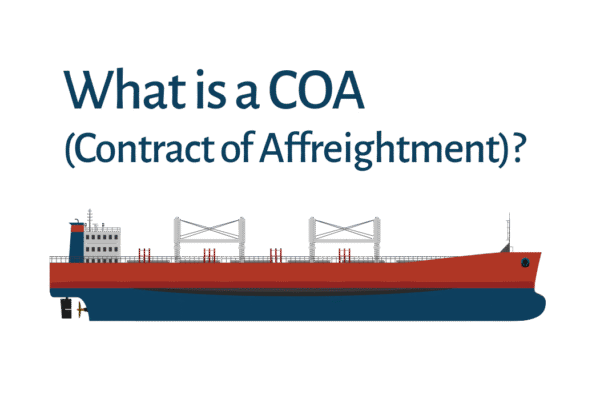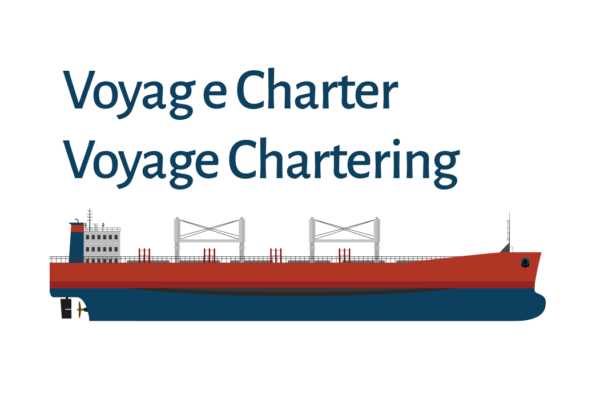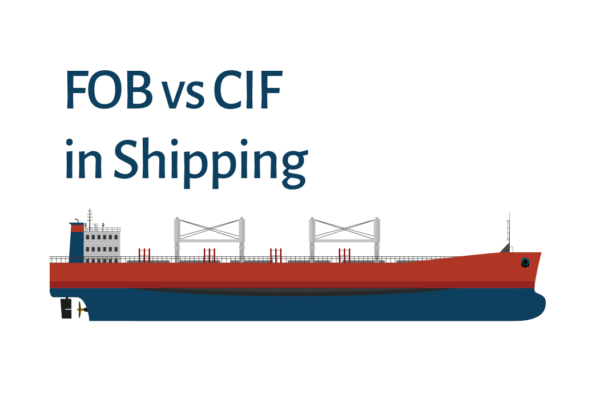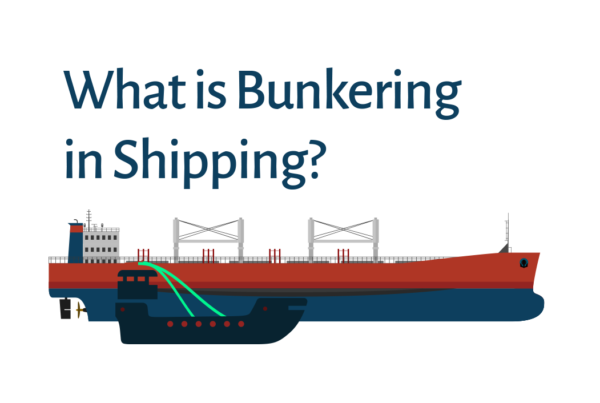Customs clearance is the process where a customs authority checks imported goods or exported shipments. This crucial step ensures the correct payment of taxes and duties (also known as paying customs duties) and makes sure customs regulations are followed. In many countries, these procedures and handled by custom brokers.
Without a proper customs clearance process, international shipments cannot move legally in international trade. Customs clearance affects businesses involved in imports and exports, as well as individuals shipping personal items abroad. If there is a problem with customs clearance, the movement of goods may be delayed. This delay may lead to demurrage.
Additionally, countries worldwide use the Harmonized System (HS) code classification to standardize the identification of goods. This number system usually has six to ten digits for each type of product. It helps customs officials find the right duties, tariffs, and rules for each product category.
Using accurate HS codes helps businesses and individuals avoid misclassification. This reduces delays and makes customs clearance easier.
Why Is Customs Clearance Important?
Customs Broker Handles All the Custom Related Procedures
Legal Compliance: A customs officer inspects your shipments to confirm they meet local laws and tariffs. This keeps your products in line with each country’s rules.
Revenue Collection: Governments collect duties and taxes from international shipping activities. If the importer pays customs on time, it prevents fines and holds.
Supply Chain Stability: Delays at customs disrupt the supply chain and hurt business schedules. Quick clearance keeps shipments on track, so customers get their products when they expect them.
Freight forwarders play a critical role in international shipping by simplifying complex logistics and ensuring compliance with global trade regulations. They assist businesses in navigating legal responsibilities, understanding local rules, and preparing required documents, such as bills of lading and commercial invoices.
Key Elements of the Customs Clearance Process
A Step-by-Step Process
- Commercial Invoices & Additional Documents: Customs requires commercial invoices, a bill of lading, and a customs declaration. These customs documentation items show product details, the country of origin, and shipment value.
- Shipment Arrival: When shipments arrive at the port or border, the customs authority reviews the paperwork. Missing or incorrect documents lead to extra steps or fees.
- Duties & Taxes Calculation: The value, product category, and country of origin help officials decide how much the importer must pay. The person or business responsible then pays customs fees.
- Payment Confirmation: Once you finish paying customs duties, customs releases your goods. Failure to pay on time could mean storage costs, penalties, or confiscation.
What Does “Custom Clearance Completed” Mean?
When you see “custom clearance completed,” it confirms the customs authority has approved your goods. You have satisfied all requirements, including document checks and duty payments. At this stage, your shipment can move forward in the international shipping journey or enter the local market.
Customs Brokers and Their Role
A customs broker is a company handling customs clearance process. They serve as a link with customs authorities and the shippers / receivers. They ensure that all customs documents are accurate and complete. This includes commercial invoices, bills of lading, and country of origin details.
Hiring a customs broker saves you time and prevents costly delays, especially if you deal with large or complex shipments. Brokers also ensure your commercial invoices and bill of lading match the goods’ details, further smoothing the clearance process.
Conclusion
The customs clearance process is a vital part of international trade. Ensuring compliance with customs regulations, paying duties promptly, and providing correct documents keep shipments on schedule and maintain a reliable supply chain. If you feel overwhelmed, a customs broker can simplify these steps. By handling imports and exports with proper care, you ensure that when shipments arrive, they move smoothly and reach their final destination without delays.






